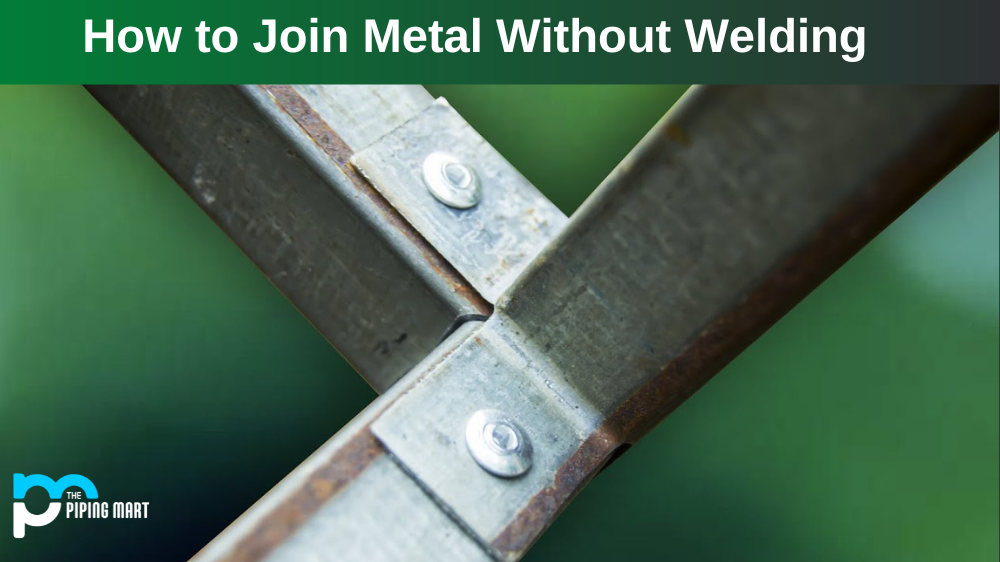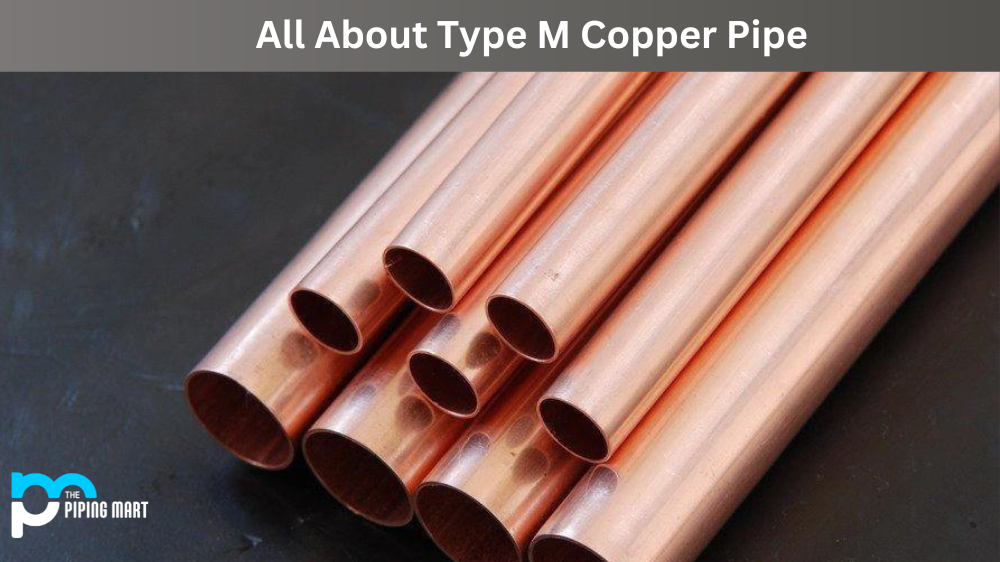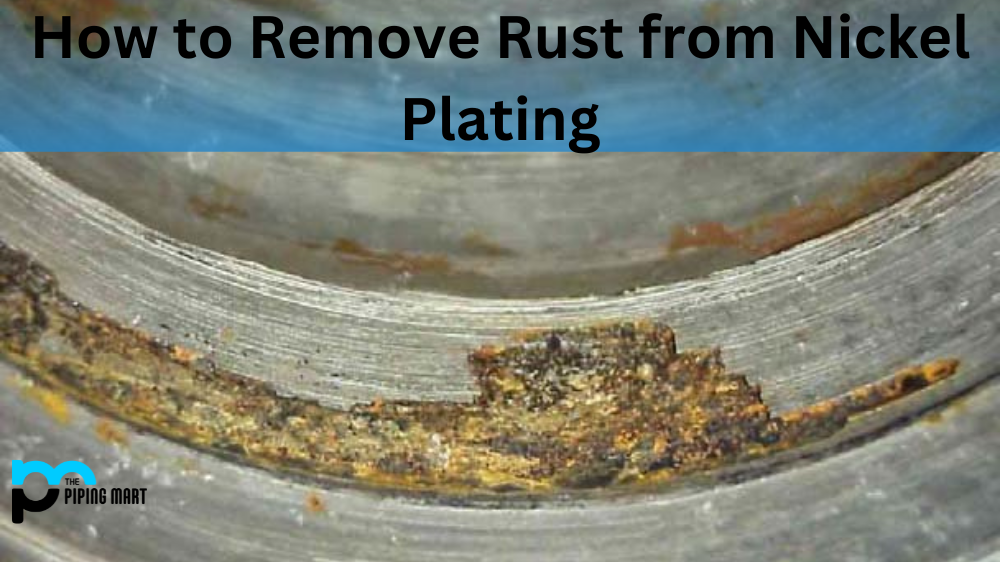Joining two pieces of material together can be a tricky process. It’s important for the pieces to be joined securely and with strength so that whatever is being created stands up to the pressures and stresses of everyday life. In this blog, we will discuss the different processes used to create a strong bond between two materials and how they work.
Adhesives
Adhesives are substances that are applied between two surfaces in order to form a bond. There are many types of adhesives that can be used depending on the type of material being joined together, such as epoxy resins, acrylics, polyesters, polyurethanes, cyanoacrylates, and more. Each type of adhesive has its own set of properties, such as strength, resistance to temperature and chemicals, flexibility, and more, depending on what you need the bond to do. Adhesives provide an easy solution when joining materials because they require no additional tools or equipment; however, they can also be time-consuming because it takes time for them to cure or dry before you can use the object or product that you have made.
Welding
Welding is another popular method for joining two pieces together. This involves applying heat or pressure to join metal pieces together by melting them into one piece. Welding is often used in construction and manufacturing because it provides a strong joint that won’t break under pressure or wear away over time, as other methods might do. There are several different types of welding techniques, including arc welding, gas welding, and laser welding, which all produce their own unique results depending on your needs. Welding can also be quite expensive due to the specialized equipment required for it, but it’s worth considering when looking at strong bonds between metals.
Bolting
Bolting is another way of creating a strong connection between two materials without having to weld them together or use an adhesive. This involves using bolts which are threaded rods with nuts at either end that screw into each other in order to secure something in place. Bolts can come in various sizes and lengths depending on your project needs, but generally speaking, they provide an incredibly secure hold when used correctly with washers and locknuts if necessary. Bolts are relatively inexpensive compared to other methods, so they make a great option when the cost is an issue, but you still want a strong bond between two materials.
Conclusion:
Joining two pieces together comes down to understanding what kind of bond you need based on your project requirements and then selecting the appropriate method from there; adhesives, welding, or bolting could all potentially work well, depending on your individual situation. Adhesives offer an easy solution while welding provides strength, but both come with drawbacks such as long curing times for adhesives or costly equipment needed for welding jobs; alternatively, bolting offers cost effectiveness but may not always provide enough strength for certain applications, so careful consideration should go into each option before making your decision! Either way you go, though – whether it’s adhesives, welding, or bolting – creating strong bonds between materials is essential if you want your projects to stand up against wear and tear over time!

Meet Bhavesh, a seasoned blogger with a wealth of knowledge and experience. From metal products manufacturing to retail, Bhavesh has a diverse background in various industries and is dedicated to sharing his insights and expertise with readers.




